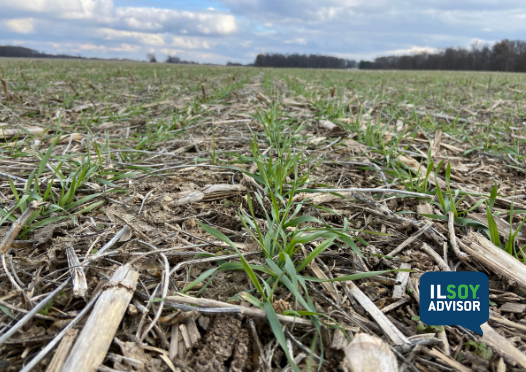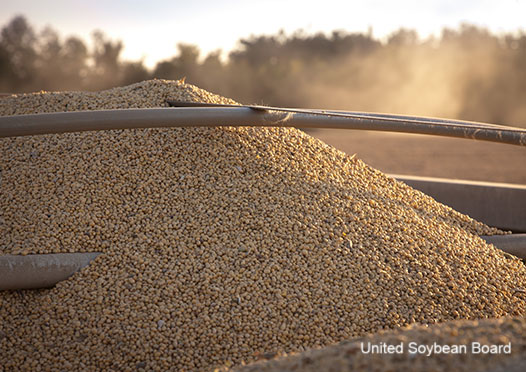ILSOYADVISOR POST
ILeVO and PPO Interaction
Does ILeVO® have an interaction with soybean pre-emergence herbicides? Yes, there is an increase in phytotoxic symptomology, but there is no impact on stand or yield.
Eric Ifft with Bayer CropScience wrote in his weekly “Bayer Necessities” newsletter (February 6, 2017)
“It won’t come as a surprise to many of you that ILeVO seed treatment has become a very popular treatment for soybean seed to be planted in 2017. ILeVO is the first and only seed treatment product that can help manage both Sudden Death Syndrome as well as provide early control of nematodes. As reported earlier in Bayer Necessities, we saw ILeVO protect a lot of yield in 2016 that would have been lost to SDS and nematodes. Bayer has also been upfront with our customers about the ‘halo effect’, which is shown below:

The ‘halo effect’ is a reaction to a very high concentration of ILeVO in the perimeter cells of the cotyledon. As the seedling emerges and is exposed to sunlight the edge of the cotyledons will show a yellowing color that will turn into the “halo”. The ‘halo effect’ is not seen in unifoliate or trifoliate leaflets. It remains on the cotyledon until the cotyledon falls off the plant.
So, knowing that ILeVO causes the ‘halo effect’ and knowing that the PPO-containing soybean pre-emergence herbicides can cause crop response in certain weather conditions, is there an interaction between the two? In other words, would the seedling injury caused by PPO-containing herbicides be more severe if the soybean seed had also been treated with ILeVO?”
Ifft explained that a 2-year research study, conducted by several Midwest universities, concluded that ILeVO caused no negative effect on plant stand or soybean yield due to any interaction. The authors of the university study wrote “although phytotoxicity may be more severe when ILeVO is used with pre-emergence herbicide treatments, there is likely to be no effect on stand, and no reductions in yield. The conditions that favor the phytotoxicity of the halo effect and pre-emergence herbicide injury are also conditions that favor infection by Fusarium virguliforme, the fungus that causes SDS.”
Read the report here.
Soybean agronomist Daniel Davidson, Ph.D. posts blogs on agronomy-related topics. Feel free to contact him at djdavidson@agwrite.com or ring him at 402-649-5919.





Comments
Add new comment